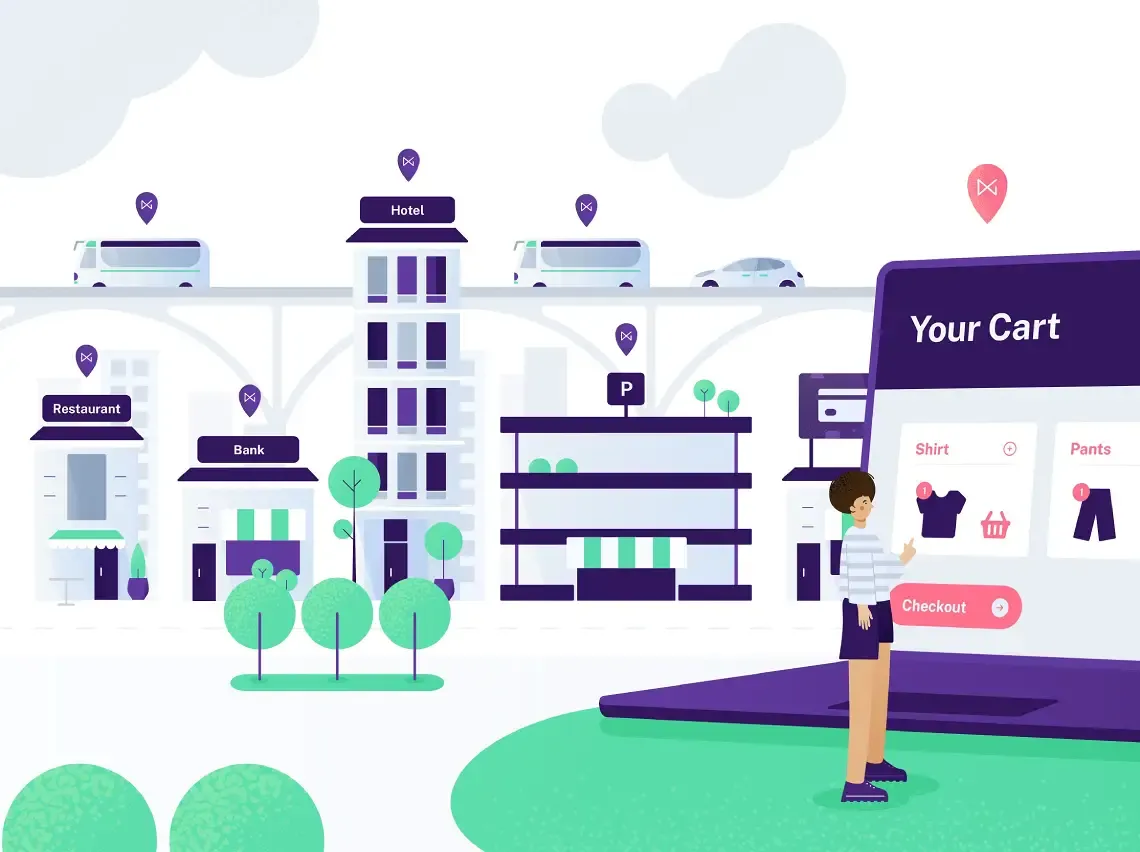Consumer behaviors have changed radically since 2020, but ecommerce trends appear to still be going strong. Global ecommerce sales shot up 26.4 percent in 2020 and 16.3 percent in 2021. Although ecommerce growth has been slowing since the early days of the pandemic when consumers rushed online, it is still increasing. Furthermore, ecommerce sales volumes continue to be much higher than 2019 levels. Statista predicts global ecommerce sales to reach $5.5 trillion in 2022, dwarfing 2019’s $3.4 trillion.
The boom in the ecommerce space can provide great ways for businesses to grow. And it’s even more compelling when you take a deep dive into ecommerce trends and the opportunities they represent.
Ecommerce Trends to Watch
1. Online Events and Promotions
If there’s any doubt that consumers still demand ecommerce engagement, take a look at Amazon Prime Day 2022. Many of Amazon Prime’s 200 million members globally mark their calendars for the annual event that features deals on Amazon devices, tablets and smart home devices, as well as a raft of sales on Amazon and partner brand products.
Later in the year, consumers will curl up with a laptop or tablet for holiday shopping. Black Friday has morphed into a cyber event with 88 million Americans making purchases online, more than half of the 154.5 million shoppers that day. Additionally, retail analysts now look at the period from Thanksgiving through Cyber Monday as “Cyber Week” as more people choose to do their holiday shopping online.
Your merchants selling online need solutions capable of handling seasonal spikes in traffic and managing prices, and running promotions at any time of the year to keep up with this ecommerce trend.
2. Ecommerce and Brick-and-Mortar Synergy
Consumers who returned to in-store shopping after the pandemic shutdowns and quarantines didn’t leave online engagement behind. Shopify found that 54 percent of consumers say they browse products online and purchase in-store, and 53 percent try or browse products in stores and then order online. Additionally, buy online, pick up in-store (BOPIS) and curbside pickup continue to grow. eMarketer predicts consumers will use these omnichannel processes more often, forecasting growth from $73.2 billion in BOPIS sales in 2020 to more than $154 billion in 2025.
Solutions that optimize omnichannel processes, including an omnichannel payment solution that enables greater back-office and vendor management efficiency, will help your merchants meet customer expectations for cross-channel experiences and capture more sales.
3. Buy Now, Pay Later
Buy now, pay later (BNPL) adoption grew during the pandemic when many people experienced financial challenges. It gives consumers an alternative to credit cards, enabling them to pay installments with low or no interest or hidden fees. The solution, most popular with millennials and Gen Z, is popping up on more ecommerce websites. It helps consumers swing high-ticket-price purchases in a more budget-friendly way, and it may help merchants reduce shopping cart abandonment.
Equipping your merchants with BNPL technology can help drive more sales and appeal to new customers over traditional payment methods.
4. Voice Search and Voice Assisted Shopping
This ecommerce trend is firmly based on the fact that convenience-hungry consumers will always look for the easiest way to shop. Using a voice assistant is one of the easiest available. Statista reports that voice-assisted shopping totaled nearly $5 billion in 2021, and it’s expected to grow 4x through 2024.
Offer your merchants the ability to integrate their websites with a voice shopping assistant such as Amazon Alexa to give their customers the option to speak their orders for delivery or pickup.
5. B2B Ecommerce is Taking Off
Consumer-facing companies aren’t the only businesses eyeing ecommerce capabilities to provide their customers with greater convenience. Forrester reports that B2B ecommerce increased to $1.7 trillion in 2021, growing faster than other options, such as electronic data exchange (EDI).
Payment solutions providers should consider marketing and selling to B2B companies as well as to B2C prospects. Keep in mind that some payment solutions may differ depending on if they are B2B or B2C, and may need to include capabilities such as electronic invoicing, recurring payments, and account updater.
6. The Need for Fraud Prevention Grows
There is a downside to ecommerce growth. An unfortunate ecommerce trend is that online fraud is growing proportionately to online sales. Juniper Research predicts that online payment fraud will add up to $206 billion from 2021 to 2025. Fraud can take many forms, from actors using stolen payment card credentials to “friendly fraud” in which a consumer makes a purchase and initiates an unfounded chargeback.
Work with a payments partner that can protect your clients with fraud prevention tools, including those leveraging artificial intelligence (AI) to spot and stop fraud before it can occur.
Align with Ecommerce Trends for Business Growth
Keeping an eye on ecommerce trends will help you and your merchants make intelligent decisions about the direction your businesses should take. NMI provides partners with information on ecommerce trends – and the payment solutions that support many of them. Talk to our team to learn more.
Don’t just turn on payments, transform the way you do business
- Generate New Revenue By adding or expanding payment offerings to your solution, you can start earning higher monthly and transaction-based recurring revenue.
- Offer the Power of Choice Allow merchants to choose from 125+ shopping cart integrations and 200+ processor options to streamline their onboarding.
- Seamless White Labeling Make the platform an extension of your brand by adding your logo, colors and customizing your URL.





